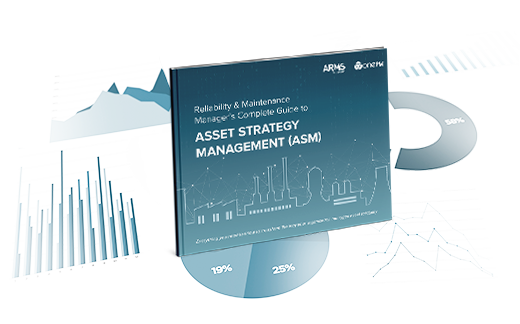It is often stated that the pursuit of reliability should be similar to the pursuit of safety – that an organization which strives for a positive safety culture should do the same with reliability.
Just as we target zero harm, we should target zero failures. Or should we?
In this article, we explore why the common approach to building a reliability culture – by focusing on mindset, and values – isn’t enough. While this focus will yield some improvement, two critical elements that can drive cultural change are missing:
- A clear purpose
- A reliability framework
Let’s take a look at each of these in detail.
A clear purpose
It is becoming more apparent that good company culture does not simply evolve from people feeling good about their work environment. It doesn’t come from a foosball table and free fruit. Certainly, workers might feel good about having perks like these, but that’s about it. At the end of the day, you may not be achieving the business goals.
Without a clear purpose, the culture is somewhat directionless – there is no certainty about exactly what you are trying to accomplish. In fact, without a clear purpose, an organization is at risk of behavioral and cultural rifts.
When it comes to reliability, the purpose statement should be clear, concise and accurate. To use something like “target zero failures” as your purpose statement – while certainly concise – is not very clear and can be counterproductive.
“Target zero failures” is, in fact, a vague and inaccurate purpose statement, with two key flaws:
- If failures happen and the organization doesn't demonstrate a commitment to prevent all future failures from happening, then the workforce will question the commitment of the organization to the purpose. If it appears you are not serious about the stated purpose, then a negative culture can develop.
- Those that understand equipment reliability would know that a zero-failure state, in most industries, is too expensive and therefore not really desired. This again leads to the team questioning the commitment to the purpose.
A reliability framework
When it comes to safety, in addition to a safety mindset, behaviors and values, there is usually a very formal safety framework in place. There are documented safety procedures, safety statements, warnings and reminders included in most task instruction documents. There are procedures for investigating incidents, a formal reporting process, remedial action tracking, improvement plans, and analytics. Any deviation from safety targets is treated seriously.
Too often, on the reliability front, organizations expect to drive change through mindset, and values – yet without a framework in which to operate. Some organizations track performance, but their methods are unclear to the rest of the organization, and the targets also may be unclear.
The investigation process for a reliability issue is likely to be informal, inconsistent and unstructured.
While most organizations have some variation of Root Cause Analysis (RCA) or Defect Eliminations (DE) process in place, the resulting actions stemming from such processes are often not implemented and have low priority. It is almost impossible to communicate any improvements across an enterprise.
These processes are also reactive to events that have occurred and lack the proactive action required to prevent reliability and performance issues. Ask an organization when its reliability strategies are reviewed, and typically one of two answers are given:
- “It’s supposed to be every 12 months (or some other time period) but we don’t really do it.”
- “When we have a major failure.”
Within most organizations, there is neither a trigger to start proactive reliability strategy review, nor a process or workflow that documents the steps to follow to conduct the review, get changes approved and then actually implement the updates.
Creating a positive reliability culture
To create a positive reliability culture, an organization should focus on three key elements:
- Mindset, and values
- Defining the purpose
- Implementing a reliability framework
The first – mindset, behaviors and values – is best supported by reliability leadership training and establishing a common consistent language across the organization.
Defining the purpose is a great opportunity to engage the organization in understanding and owning the concept of reliability and what it means for the organization. Articulating the reliability function in realistic, clear language allows everything – all directives, initiatives, and policies – to be tested against the purpose.
Implementing a reliability framework like Asset Strategy Management (ASM) will ensure that an ongoing improvement process is in place. It also ensures that any decisions are appropriately reviewed and approved, and then efficiently implemented.
Then, it becomes a self-sustaining reliability culture. With the right process in place, the culture is continually developed and supported; and positive behaviors that align to the purpose will consistently be realized. Instead of standing by a vague purpose to "target zero failures", the organization can proactively work towards real and achievable reliability goals.


